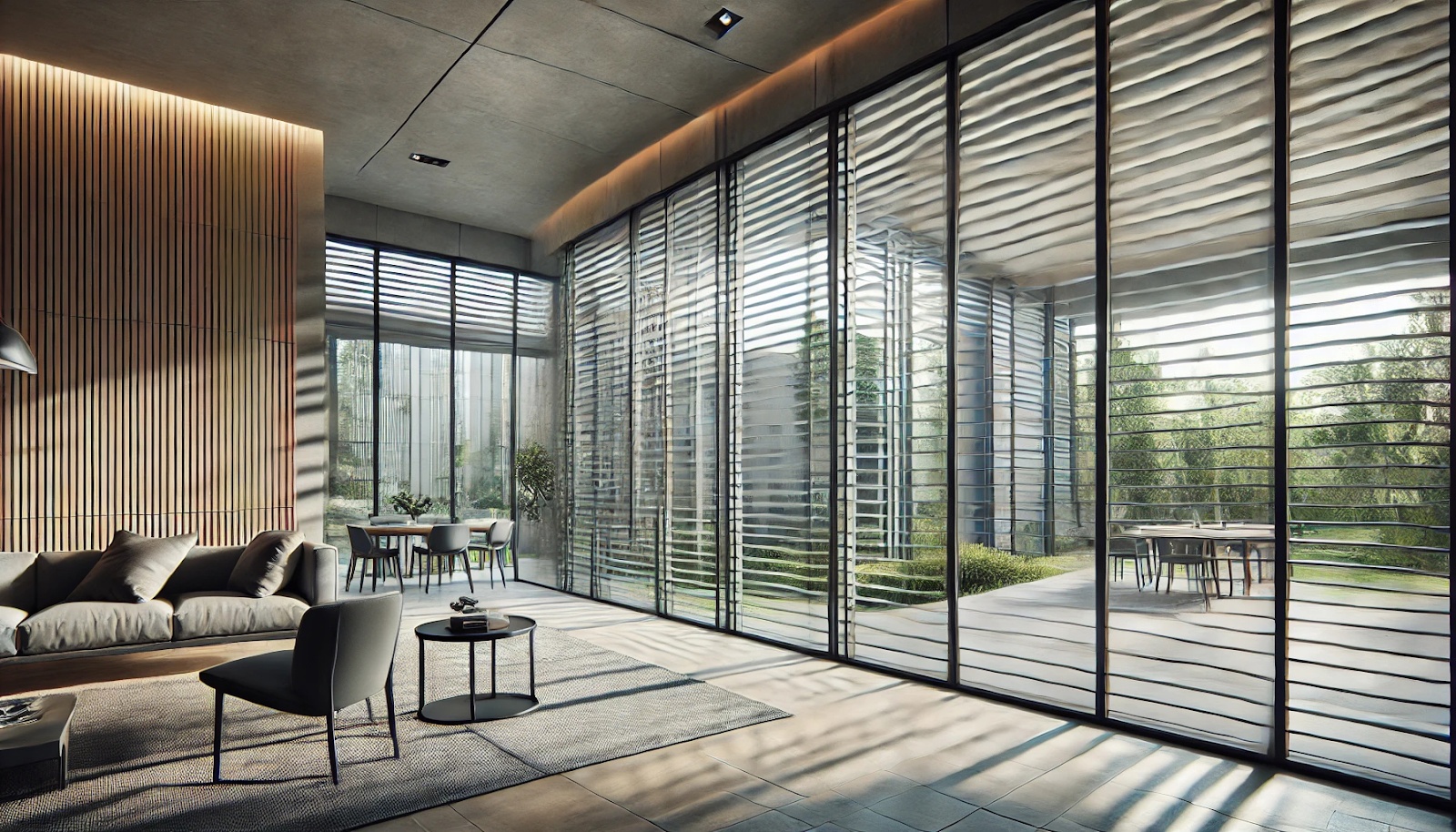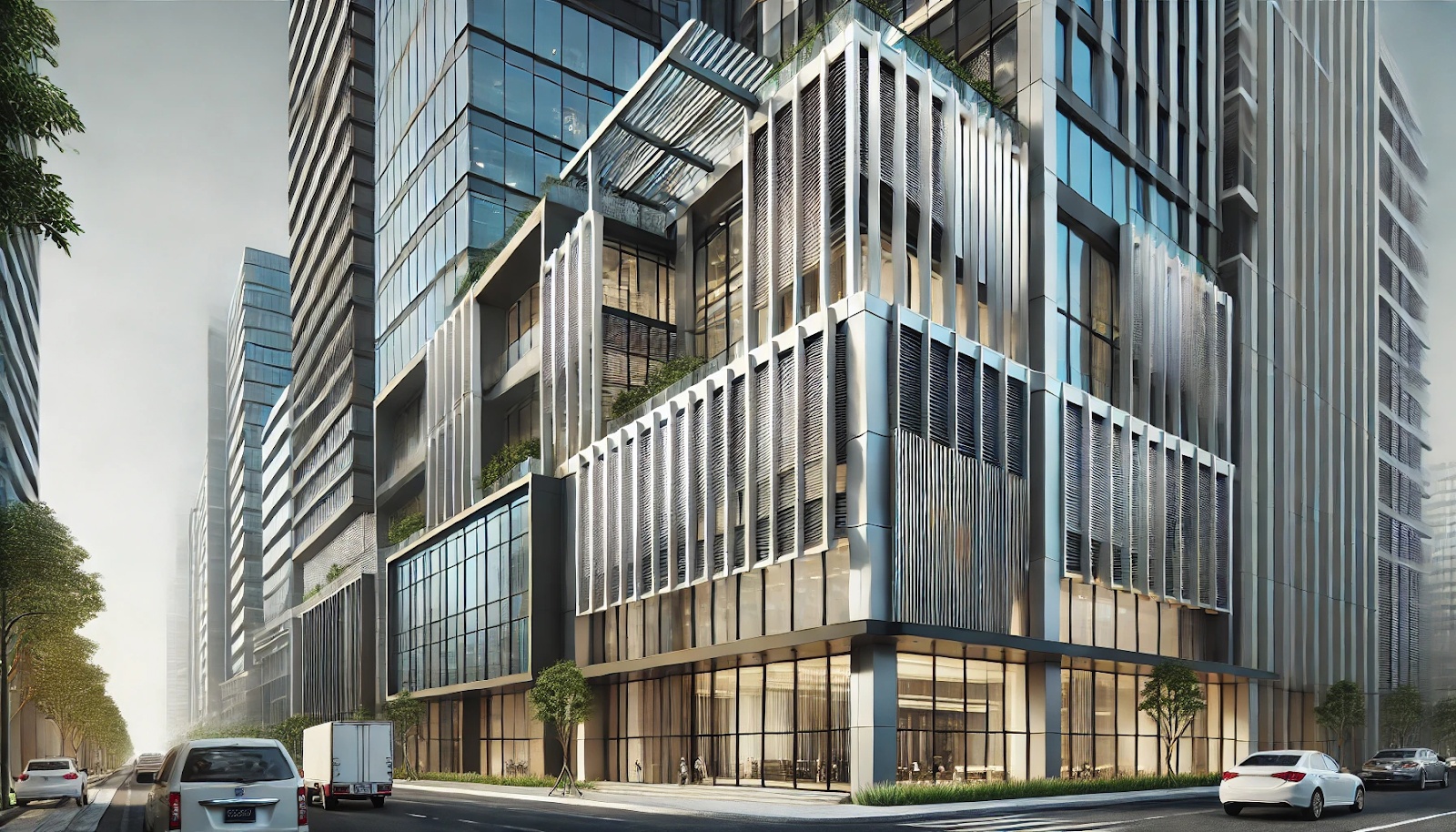Incorporating operable louvres into building designs can significantly enhance both aesthetics and functionality. This article provides practical advice on designing with operable louvres, covering key tips and best practices to ensure optimal performance and integration.
Key considerations when designing with operable louvres
Designing with operable louvres requires careful consideration of several factors to maximize their benefits and ensure seamless integration.
Material selection
Choosing the right material for operable louvres is critical. Common materials include aluminum, wood, and PVC. Aluminum and other metal structures bespoke are often preferred for their durability, low maintenance, and sleek appearance. They can withstand harsh weather conditions and provide a modern look that complements various architectural styles.
Operational mechanisms
Operable louvres can be operated manually, motorized, or fully automated. Manual louvres are cost-effective but require physical effort to adjust. Motorized louvres offer convenience and can be controlled via remote or wall switches. Automated louvres integrate with smart home systems, providing automatic adjustments based on weather conditions and indoor climate needs.
Integration with building design
Integrating operable louvres into the overall building design involves considering both functionality and aesthetics. Louvres should complement the building’s façade and enhance its visual appeal. Proper integration also involves ensuring that louvres provide the desired level of shading, ventilation, and privacy without compromising the building’s design integrity.

Choosing the right material for operable louvres
Material selection impacts the durability, maintenance, and performance of operable louvres. Metal structures bespoke, particularly aluminum, offer several advantages:
- Durability: Resistant to corrosion and harsh weather conditions.
- Low Maintenance: Requires minimal upkeep compared to wood.
- Aesthetics: Provides a sleek, modern look that can be customized to fit various designs.
Aluminum louvres are ideal for both commercial and residential applications, offering a balance of strength, lightweight properties, and design flexibility.
Selecting the best operational mechanism
The choice of operational mechanism depends on the specific requirements of the project:
- Manual Louvres: Suitable for small installations where budget constraints are a concern. Easy to install and operate.
- Motorized Louvres: Ideal for larger installations, providing ease of use and precise control over louvre adjustments. Can be integrated with basic control systems.
- Automated Louvres: Best for smart buildings requiring automated climate control. They can adjust in response to temperature, sunlight, and wind, optimizing energy efficiency and indoor comfort.
Technical specifications and installation guidelines
Understanding the technical specifications and following proper installation guidelines is crucial for the effective performance of operable louvres.
Calculating louvre size and spacing
The size and spacing of louvres should be calculated based on:
- Building Orientation: To maximize shading and natural ventilation.
- Local Climate: To provide optimal protection against harsh weather.
- Desired Shading and Ventilation: To ensure that the louvres perform their intended functions effectively.
For instance, wider louvres with greater spacing may be suitable for areas requiring more light and airflow, while narrower louvres can provide better shading and privacy.
Best practices for mounting and installation
Proper mounting and installation techniques are essential to avoid potential issues such as misalignment or inadequate performance. Key considerations include:
- Structural Support: Ensuring that the mounting structure can support the weight and movement of the louvres.
- Alignment: Accurate alignment to prevent operational difficulties and ensure uniform appearance.
- Weatherproofing: Sealing around the louvres to prevent water ingress and maintain energy efficiency.

Common challenges and how to overcome them
Designing and installing operable louvres can present several challenges. Understanding these challenges and knowing how to address them is vital for successful implementation.
Dealing with weather conditions
Different weather conditions can affect the performance of operable louvres. For example:
- Wind: Strong winds can cause louvres to rattle or become misaligned. Use robust materials and secure mounting techniques to mitigate this.
- Rain: Ensure proper sealing to prevent water ingress. Louvres should be angled to shed water away from the building.
- Sunlight: Louvres should be positioned to provide optimal shading during peak sunlight hours to reduce glare and heat gain.
Addressing maintenance and durability
Maintaining operable louvres involves regular cleaning and inspection to ensure long-term durability. Specific maintenance practices for metal structures bespoke include:
- Regular Cleaning: Remove dirt and debris to prevent corrosion and maintain appearance.
- Lubrication: Ensure that moving parts are lubricated to prevent wear and ensure smooth operation.
- Inspection: Regularly inspect for signs of damage or wear and address any issues promptly.
Conclusion
Designing with operable louvres requires careful planning and consideration to maximize their benefits. By understanding the key factors, selecting appropriate materials and mechanisms, and following best practices for installation and maintenance, architects and designers can create functional and aesthetically pleasing spaces. The insights and examples provided in this article offer a comprehensive guide to successfully integrating operable louvres into any building project.






Добавить комментарий